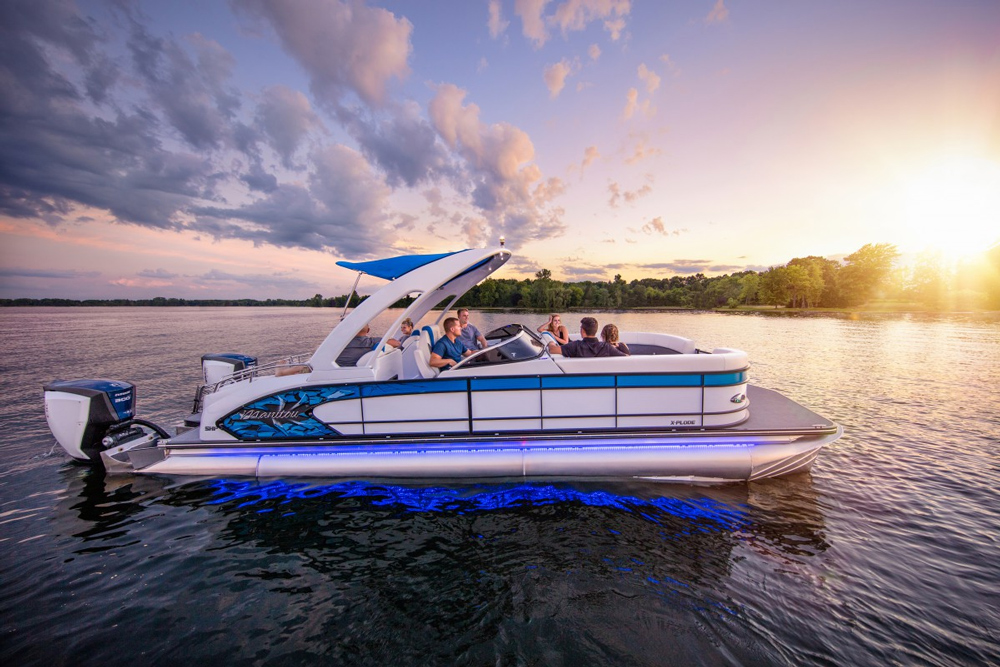Advertisement
Advertisement
All about Anodes
How many anodes do you need to protect your boat, and what kind of metal should they be made of?
March 14, 2011
Question: I’m beginning to put together the spring buying list for my boat and am wondering about the anodes on my propeller shaft. My boat has two as shown in the photograph, but I’m wondering if that is really enough to protect my boat for the whole season. I keep the boat in salt water and usually launch just before Memorial Day and haul out right after Columbus Day in October.

The number of anodes needed depends on how much exposed underwater metal your boat has, and on the time between replacements.
Answer: The number and type of anodes you use on your boat should never be based on guesswork. First of all, the anode material is important to ensure adequate protection and service life. Remember it this way:
- Saltwater: Zinc or aluminum alloy anodes
- Brackish water or for boats that migrate between fresh and salt water: Aluminum alloy anodes only
- Fresh water: Magnesium alloy anodes. Never use magnesium in salt or brackish water!
The reason for the above recommendations is that the relative conductivity of the various waters is different. The protection potential (actually measured in volts) is progressively stronger for the zinc, aluminum and magnesium alloys. Magnesium is the highest and used in the water with the least conductivity, fresh water.
As for the number of anodes, it will vary from one boat to another depending upon the amount of exposed underwater metal. It is not foolish to assume that if two worked well last year and you did not require a mid-season replacement, then two will work for this season.
The surface area of anodes exposed to the water is what determines the protection level (in volts). Once you achieve the maximum potential for the material the anodes are constructed of, any additional anodes added will simply add to mass of sacrificial metal and increase the service interval.
A trained corrosion specialist can easily determine the correct number of anodes for a given boat and once that is done, you just need to repeat and replace the number each season—as long as you don’t alter the amount of exposed underwater metal. Once anodes are physically depleted by about 50% of their original mass, they should be replaced.
For a bit more information on this topic, check out my previous post, Protecting Against Marine Corrosion.
Advertisement
Advertisement












